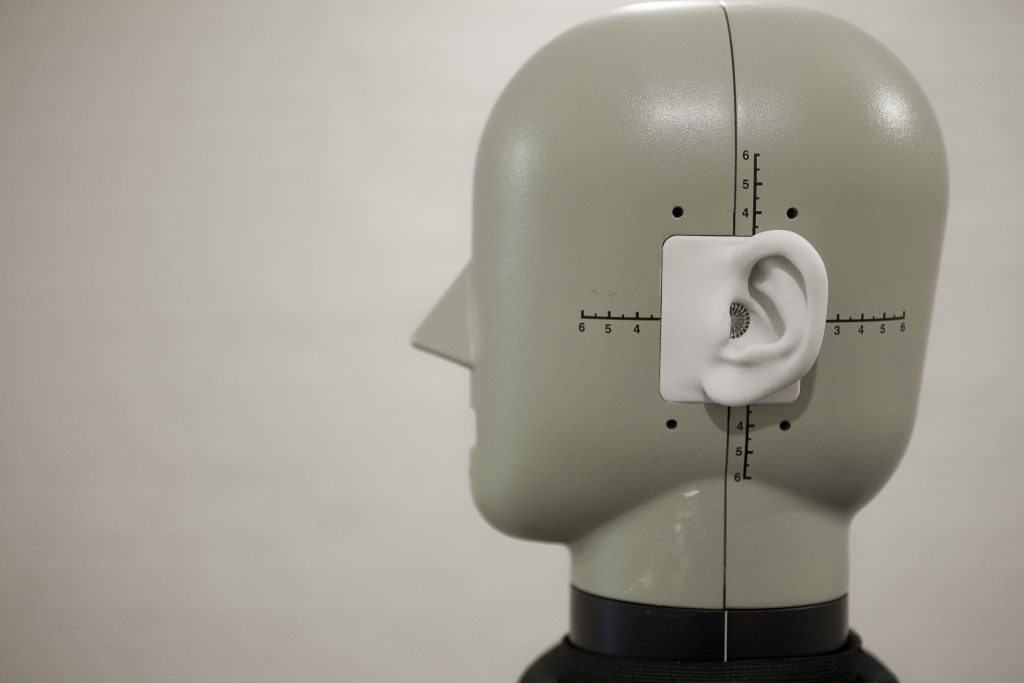The sound from an appliance
When manufacturers were questioned which of their products was most important in terms of sound quality, a list of a wide variety of products was produced. Products ranged from equipment that would be expected to contain quality audio such as PC monitors or, plasma screens, through to loud outdoor power equipment such as: lawn mowers, lawn trimmers or leaf blowers.
The list included white goods such as washing machines, tumble dryers, refrigerators, and cookers, smaller domestic appliances such as: vacuum cleaners, food mixers and microwaves, and even heating and water facilities including shower pumps, fan heaters, fans and vents. Since many of these products have multiple sound sources, and have a sound which changes over time during the operation of the product, a good method of testing sound quality must satisfactorily divide the sound for testing.
Categorising Sounds
One way to divide up product sound, proposed by Fog and Pederson [1, 2, 3, 4] is to categorize the different types of sound emitted from the product, according to four main categories:
Passive sounds are those that are produced “when the product is touched (knocked, pressed etc.)”. These sounds are not included as part of the general running sounds of the machine, but tapping or knocking on a machine, opening and closing doors etc. may be something a user might do to try to test the quality of a product before purchase. Running/Operating sounds are generated by a machine “when it is in a given part of its cycle (wash, rinse, spin etc.).
The sounds may vary with the different stages of the cycle, and they may be continuous, stationary or irregular.” So these are sounds the machine makes over a long period of time which will tell us about the state of the machine (e.g. that it is working correctly, or which cycle the machine is currently performing) if we want to listen out for it, but it is not specifically aimed at indicating something to us.
Action sounds are sounds that the machine may make “when switching from the wash stage to the spin stage,” for example. It is caused by the internal functioning of the machine and is not put there as an intentional signal, although it can function as such.
Signal sounds include examples such as a ‘ping’ when the microwave has finished or, the ‘beep’ of a button press, the noise has been designed to intentionally indicate to the user that something is happening, or that something has finished. These last sounds are particularly important for the visually impaired because they make the product easier to operate. This implies that we may listen differently to different types of sound.
Another way to divide up the sound (proposed by Lyon [5]), is into the machine’s constituent sound sources and explore the interaction between each. This has direct relevance to machine design and engineering, since different sounds may be generated by varying operational speeds, materials, sound insulation, active noise control and sound masking techniques etc. Allowing the designer to determine what possible sounds can be generated by the machine within the constraints its operational ability. This anticipates a potential problem in sound quality design that the target sound may be unachievable given the expense constraints of small product design, so only product sounds that are within the realms of possibility are tested.
Case Study 1: The Annoying Dishwasher: Sound Quality Doesn’t Always Mean Quieter!
